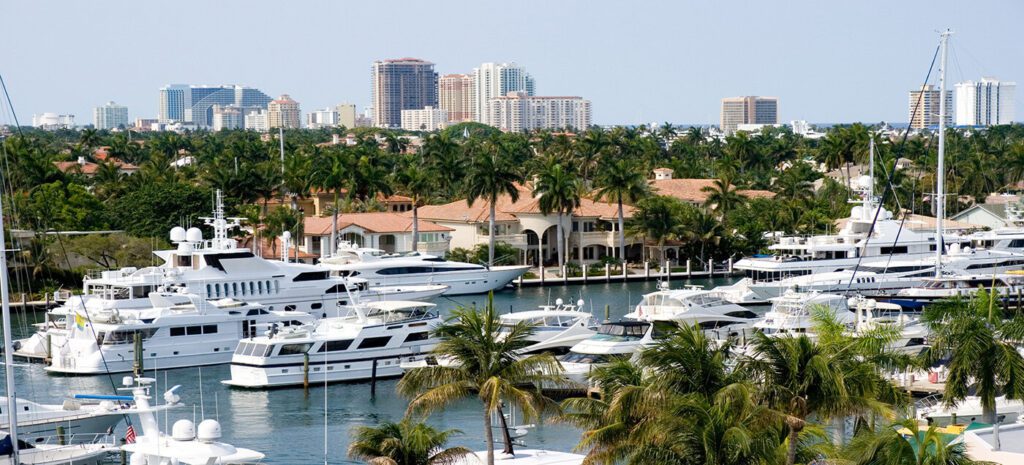Broward County Real Estate Market Faces Challenges Amid Rising Rates
Broward County’s residential real estate market is experiencing a notable slowdown. For May, total home sales have plummeted nearly 18% year over year, primarily due to high mortgage rates and tight lending standards, according to data from the Miami Association of Realtors.
Decline in Total Residential Transactions
Total residential transactions in Broward County decreased 17.8% last month, dropping to 2,124 homes sold from 2,583 a year prior. The breakdown includes:
- Single-family home sales: Down 11.1%
- Condominium sales: A staggering decrease of 24%
This sharp drop signifies a cooling phase in a market that previously enjoyed years of record growth.
"Sales have remained weak with mortgage rates hovering near 7%," said Gay Cororaton, Chief Economist for Miami Realtors. "The good news is that affordability conditions are on course to improve, with the Fed expected to resume rate cuts in the second half of the year."
Condo Market Shows Signs of Cooling
The condominium market, once a favorite among investors and retirees, is now experiencing price compression:
- Median condo price: Dropped 2.5% year-over-year to $275,000, down from $282,000 in May 2024
- Despite the decline, prices have surged 103.7% over the last decade
Statewide, condo prices have fared worse, dropping 6.1% year-over-year, signaling a broader trend of decline in this segment.
Single-Family Home Prices Remain Steady
Single-family home prices in Broward County stayed relatively flat at $625,000 compared to last year, although this marks a 115.5% increase from May 2015.
Challenges with FHA Financing
A significant hurdle for prospective first-time and low-to-moderate-income buyers in the condo market is the limited availability of Federal Housing Administration (FHA) financing. Just 21 of 2,397 condominium buildings across Miami-Dade, Broward, and Palm Beach counties are FHA-approved, representing less than 1% of the total.
Additionally, Florida mandates a 25% down payment for condos under limited review regulations, far exceeding the 10% required in many other states.
Increasing Inventory, Yet Not Enough for Condos
Despite the decline in sales, there has been a 35.9% increase in total active listings, amounting to 17,959 homes in May compared to 13,219 a year earlier. Here’s how the inventory is distributed:
- Single-family homes: Up 34.5% to 5,862
- Condominiums: Up 36.5% to 12,097
However, condo inventory remains below pre-pandemic levels, and new listings for Miami-area condos have decreased by 8.3% year-over-year.
Shifting to a Buyer’s Market
The supply of inventory now sits at 5.9 months for single-family homes (a balanced market) and 12.5 months for condos, indicating a move towards a buyer’s market.
Distressed Sales Remain Low
Distressed sales accounted for only 0.7% of all closings in May, illustrating a stabilization in the market. This is down from 1.0% a year ago and well below the national average of 3%. The breakdown is as follows:
- Short sales: 0.09%
- Bank-owned properties: 0.6%
Longer Selling Times
Homes are taking longer to sell:
- Single-family homes: Average of 38 days from list to contract, compared to 29 days the previous year, and 78 days to close, up from 67.
- Condominiums: Average of 65 days to go under contract and 100 days to close, both significantly longer than last year.
Rise of Cash Sales in the Market
Cash transactions made up 35% of Broward closings in May, a slight decline from 39% the prior year, but well above the national average of 27%. Notably, cash buyers constitute about 50% of all condo transactions, while only 21.4% of single-family homes are sold for cash.
As the Broward real estate landscape reshapes after its pandemic-driven boom, industry experts are keenly monitoring Federal Reserve policies to gauge when relief may arrive for buyers hindered by high borrowing costs.


